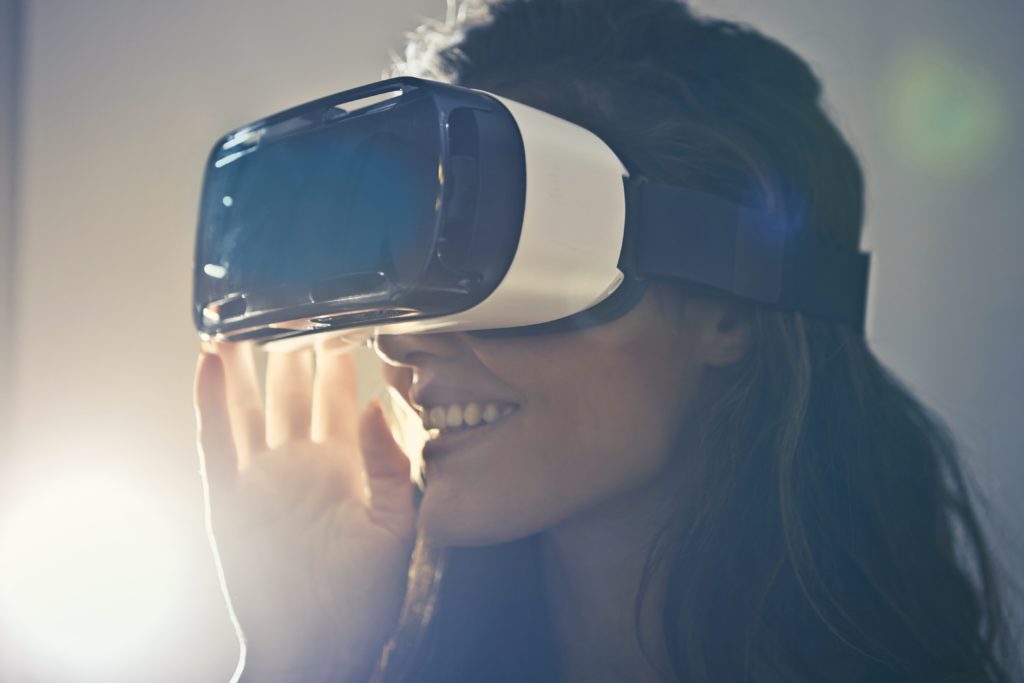With the constant emergence of new technologies, the borders between the real world and computer-generated worlds continue to disintegrate, bringing with them experiences that only a few years ago belonged to the realm of science fiction.
Along with these technologies, new concepts such as virtual reality, augmented reality, and mixed reality have emerged. They all use similar technologies but serve quite different purposes, and distinguishing between them can be very confusing at times. Here are the definitions of these concepts, and the main differences between them:
Virtual reality
Virtual reality is probably the most known technology, and the one behind products such as Oculus Rift, HTC Vive, and Samsung Gear VR. Virtual reality uses headsets to create a completely immersive, computer-generated experience. Virtual reality uses realistic sensations such as images and sounds to immerse the users in the virtual worlds, and in the future, it will probably engage the other senses (smell, touch, and taste) to create an experience almost indistinguishable from reality. Although Virtual Reality was mostly used until now in computer games, a lot of practical applications such as medical and scientific visualizations also exist.
Augmented reality
Augmented reality does not create an entirely virtual environment, but only ads some virtual sensory input, such as images or sounds, to the real world, thereby enhancing it. Mobile phones and tablets are the most common mediums to use augmented reality now, and Pokemon Go is probably the most known augmented reality game. Some more practical applications of augmented reality are the Augment app, which allows users to see and rotate 3d objects in real time before buying them, and augmented reality browsers which provide useful contextual information when the user points their camera at a building or another object.
Mixed reality
Mixed reality is a combination of virtual and augmented reality. Mixed reality allows you to interact through a pair of goggles connected to a pocket-sized computer, with virtual elements while at the same time remaining in the real world. Mixed reality is similar to augmented reality because it injects virtual elements in the real world, and similar to virtual reality because you are able to directly interact with the objects. Mixed reality is a continuum, ranging from the completely unaltered real world at one end to a completely virtual world at the other one, with all the possible variations in between. Augmented virtuality is one extreme of mixed reality in which some real objects are injected into an otherwise completely virtual world.
New technologies are coming to the market every day. Although virtual, augmented and mixed reality can seem like very similar terms, there are actually significant differences between them: virtual reality is a completely immersive computer-generated experience, augmented reality offers a virtual overlay to the real world that you can see but cannot interact with, and mixed reality creates interactive virtual objects. Being familiar with these differences can help you choose the experience that is most suitable for you, either for entertainment or practical purposes.

